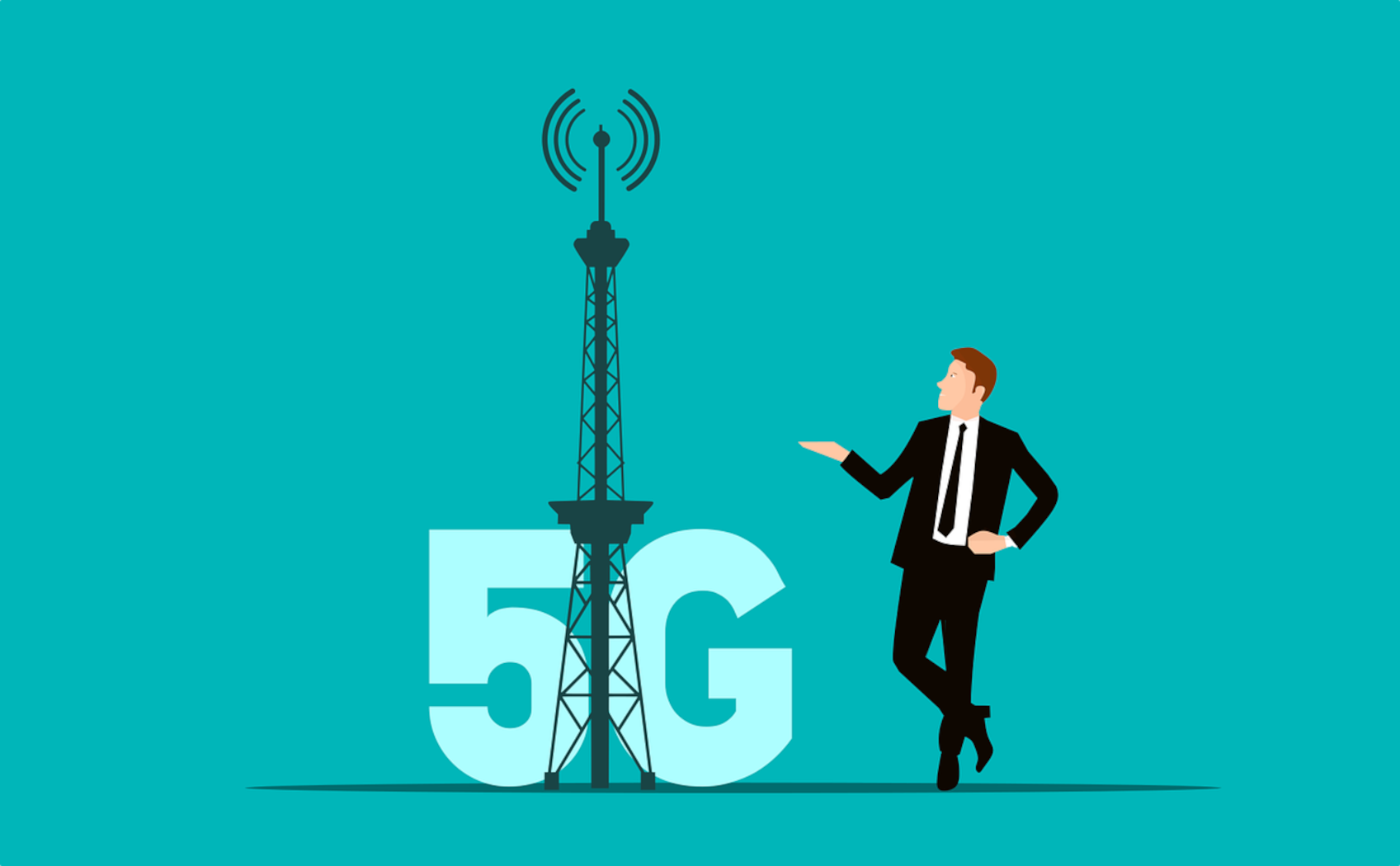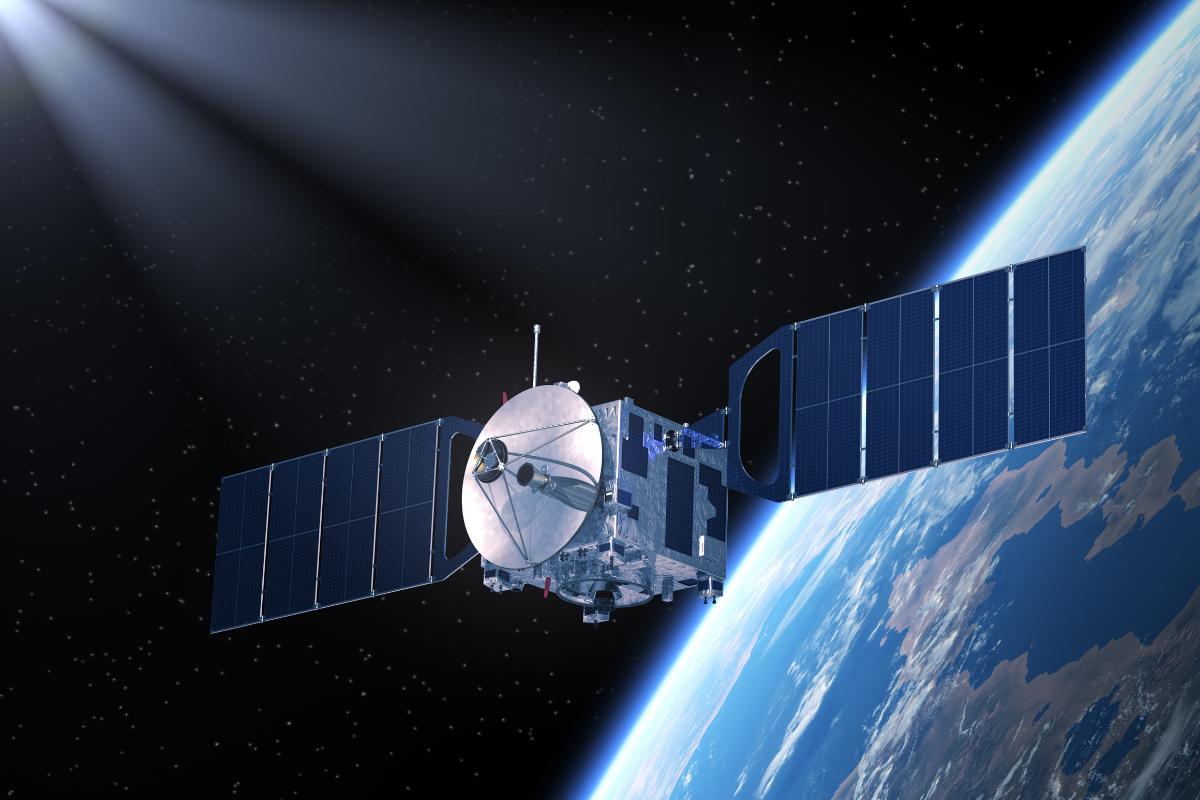Jio’s Satellite Spectrum Strategy for 5G Connectivity
The 28 GHz band is available for flexible usage by Jio Satellite Communications’ satellite and terrestrial communication networks. Jio Satellite claimed in a letter dated September 5 to the chairman of the Telecom Regulatory Authority of India (Trai), PD Vaghela, that the idea for flexible use of spectrum is based on the most recent advancements in technology and standards that have made it possible to build integrated and convergent networks.
Jio’s opinions on the matter are in opposition to those of industry organisations including the Broadband India Forum (BIF), Satcom Industry Association, and Indian Space Association, who have vehemently opposed flexible/mixed use of spectrum in any of the satellite bands. Companies like OneWeb, Hughes, Nelco, Telsat, Inmarsat, etc. are represented by the trade associations.
Jio mentioned New Zealand in its letter as an example of a country where the government has consented to designate a portion of the 24.25-27.5 GHz spectrum primarily for mobile usage, with the possibility of including satellite services in specific regions. Furthermore, it recommended that spectrum in the 27.5–28.35 GHz band be shared and that spectrum in the 28.35–29.5 GHz band be predominantly set aside for satellite services with the possibility of some mobile use.
“It is pertinent to mention here that other technological developments such as the development of NGSO constellations in the IMT bands to provide satellite direct to devices service and many device makers supporting the use of satellite networks on their devices indicate that the evolving technological landscape is supportive of integrated networks and these may be dominant in the next 20 years,” according to Jio Satellite.
“Any fragmented assignment of spectrum between terrestrial and satellite usage would lead to inefficient use of such scarce resource and will also deny the consumer benefit of a seamless service provided through the converged network,” Jio Satellite stated.

Broadband India Forum responded by stating that “if flexible/mixed use is recommended, there would be serious limitations and it would be very difficult to administer the same.”
“Trai should not advise designating the 27.5-28.5 GHz band for IMT because there is sufficient frequency availability in other bands for usage by IMT/5G. This would result in a restricted amount of spectrum being available for IMT and satellite, according to the Broadband India Forum.
The fact that a significant amount of bandwidth in the 26 GHz band remained unsold in the auctions made for 5G spectrum in July 2022 is one of the reasons why the industry associations are opposed to flexible sharing of spectrum. The lack of a new need for 5G in these bands is made evident by this. Maintaining the 27.5-28.5 band as a satellite-only band will not negatively affect the rollout of 5G, according to the BIF. It also noted that IMT has been assigned up to 18.83 Ghz of spectrum to date, the majority of which has not been used, in contrast to the meagre amounts assigned for satellite and broadcasting.

The assumption that all satellite spectrum bands are or should be shared with terrestrial services will be contested, according to the Satcom Industry Association. Given the lack of enthusiasm for growing out the band that is visible in other nations, SIA-India has undoubtedly offered compelling arguments for allocating the spectrum to satellite services in the 27.5-29.5 GHz range, for instance. Clear protection criteria and priority rules that allow for frequency coordination have been the key to effective sharing even in satellite bands that have previously been shared with terrestrial services.
Companies like Amazon’s Project Kuiper, Telesat, Tata-owned Nelco, OneWeb, and Hughes, among others, are all arguing for administrative distribution of airwaves when it comes to satellite spectrum. Only Bharti Airtel is opposed to the auction process among the telcos, while Jio and Vodafone Idea have presented their case in favour of selling the satellite spectrum.
The world of telecommunications is constantly evolving, with technological advancements driving innovation and expanding the possibilities for connectivity. One of the most highly anticipated developments in recent years is the rollout of 5G networks, promising faster data speeds, lower latency, and a wide range of applications. Reliance Jio, one of India’s leading telecom operators, has set its sights on a unique approach to 5G connectivity – utilizing satellite spectrum. In this article, we explore Jio’s ambitious plan to harness satellite spectrum for 5G and its potential implications for the telecommunications industry.

Satellite spectrum refers to the range of electromagnetic frequencies allocated for communication between Earth-based stations and satellites in orbit. Traditionally, satellite spectrum has been predominantly used for broadband internet services, broadcasting, and global positioning systems (GPS). However, Jio envisions a new frontier for this valuable resource: 5G connectivity.
One of the primary advantages of using satellite spectrum for 5G is its ability to provide broad coverage, particularly in remote and rural areas where terrestrial networks face challenges in deployment. This could bridge the digital divide by bringing high-speed internet access to underserved regions.
Satellite-based 5G networks can offer low-latency connectivity, making them suitable for real-time applications like autonomous vehicles, remote medical procedures, and augmented reality experiences.
Satellite connectivity is resilient in the face of natural disasters and infrastructure failures. By incorporating satellite spectrum into 5G networks, Jio aims to provide a reliable communication infrastructure during emergencies.
Jio has invested in strategic partnerships and acquisitions to bolster its satellite capabilities. This includes acquiring a stake in OneWeb, a global satellite internet company, which gives Jio access to a significant share of satellite spectrum.
Jio is considering both geostationary and LEO satellite systems to enhance its 5G capabilities. LEO satellites are closer to Earth and offer lower latency, while geostationary satellites provide consistent coverage but at a slightly higher latency.

Jio envisions a hybrid network that combines terrestrial and satellite connectivity to offer seamless 5G services. This approach would enable Jio to leverage the strengths of both technologies.
Beyond India, Jio’s satellite spectrum plans extend to offering global connectivity services. This could potentially position Jio as a major player in the global telecommunications arena. Securing the necessary regulatory approvals and spectrum licenses for satellite-based 5G networks can be a complex and time-consuming process.
Building and maintaining a satellite infrastructure requires significant financial investment. Jio will need to strike a balance between costs and benefits.
Integrating satellite and terrestrial networks seamlessly is a technical challenge that must be addressed to deliver a reliable 5G experience.
Jio faces competition from other telecom giants that are also vying for a share of satellite spectrum for 5G, both in India and globally.
Reliance Jio’s plan to utilize satellite spectrum for 5G connectivity represents an exciting development in the telecommunications industry. By exploring this uncharted territory, Jio aims to expand its reach, improve connectivity in remote areas, and deliver low-latency, resilient 5G services.

While challenges exist, Jio’s ambitious vision has the potential to reshape the telecommunications landscape in India and around the world, offering enhanced connectivity to businesses and individuals alike. As the journey unfolds, all eyes will be on Jio’s progress and the impact it could have on the future of 5G.




